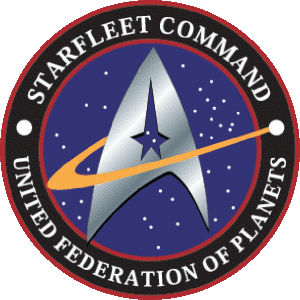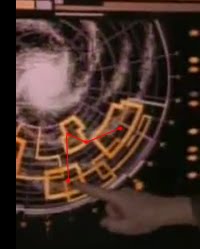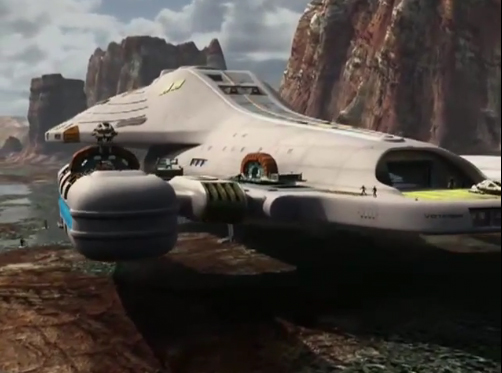

The Enterprise is thrown 2 700 000 light years away from Milky Way. At maximum warp it will take over 300 years for the Enterprise to get back home. That gives us sustainable speed of 9 000 c (maximum warp factor of E-D is warp 9.2 for sustainable speed, or 9.6 for 12 hours).

Here we have route that Professor Galen was expected to finish in few days to 6 weeks in shuttle. Route shown is approx. 1/2 of our galaxy's diameter, or 50 000 light years, so we have speeds of up to 3 600 000 c. However, we know that frequent use of high warp overextended Enterprise's warp drive.
Unfinished.
Warp 9.9 is established as being 4 billion miles per second or 21 468 c.
Starfleet has sent Voyager navigational data, in "effort to shave few years off of their journey." That might support notion of Starfleet ships being slower in uncharted area.
CONCLUSION: Maximum sustainable warp speed for Galaxy class is 9 000 c, and maximum burst speed is 3.6 million c in charted space. Warp 9.9 is 21 500 c, suggesting that there are areas of space where warp speeds are higher than standard, that same warp factors have different speeds depending on how well area of space is charted, or depending on possible hazards like interstellar dust, asteroids or gravimetric disturbances.
In TNG episode "Relics" gravitational pull forces Enterprise out of warp. However, before and after that episode we have starships warping from near planets, and in DS9 episode "By Inferno's Light" Defiant engages warp drive inside Bajoran star system, suggesting that some kind of automated safety system was engaged (sphere did not register on Enterprise's sensors). Warp drive definetly can function near planets, and Dyson sphere did not register on Enterprise's sensors (possibly safety measure as not to pass throught black hole - after all, black hole won't register on sensors at all, except for its gravity. That is, unless it is having a lunch - in that case we will detect X rays released by superheated matter just before it falls into black hole).

Here we have visualization of warp drive in operation. Timespace continuum is represented as green net. You can see three quite obvious distortions - "ridge" just aft of ship, area of undistorted space inside blue "bubble" encompassing ship, and hole just forward of ship. Ship itself is not moving, but distortions just aft and forward of it are moving, thus making bubble of normal space encompassing ship to "surf". Warping of spacetime is achieved via use of warp coils, seen in picture below. It also means that drive has to compensate for distortions in timespace created by celestal bodies - stars, planets, etc. - therefore possibly explaining varying warp speeds.

Enterprise D's maximum warp is slower than Voyager's, but Galaxy class was designed for long-range long-duration missions, while Voyager probably was not able to hold same speed as Galaxy class for long time. Also, Janeway gives the maximum speed of the Nova class as Warp 8, then later states "without his enhanced drive his ship's only capable of Warp 6." Statement is not in regards to the class as a whole, just the Equinox itself. That seems to imply that, regardless of the actual maximum rating of the warp drive, no charting=slower maximum speeds, presumably beacouse ship must chart area in front of it by using its own sensors, and range of sensors limits its maximum speed. If that is the case, then Galaxy class, with its presumably superior sensors array will be at big advantage when compared to other Starfleet classes, with possible exception of newest classes like Sovereign and Prometheus classes, latter of which is stated to be fastest ship in the fleet (which does not necessarily imply greater maximum speed - ship which can hold speed of 1200 c for 12 hours is faster than ship which can hold speed of 1500 c for 6 hours).